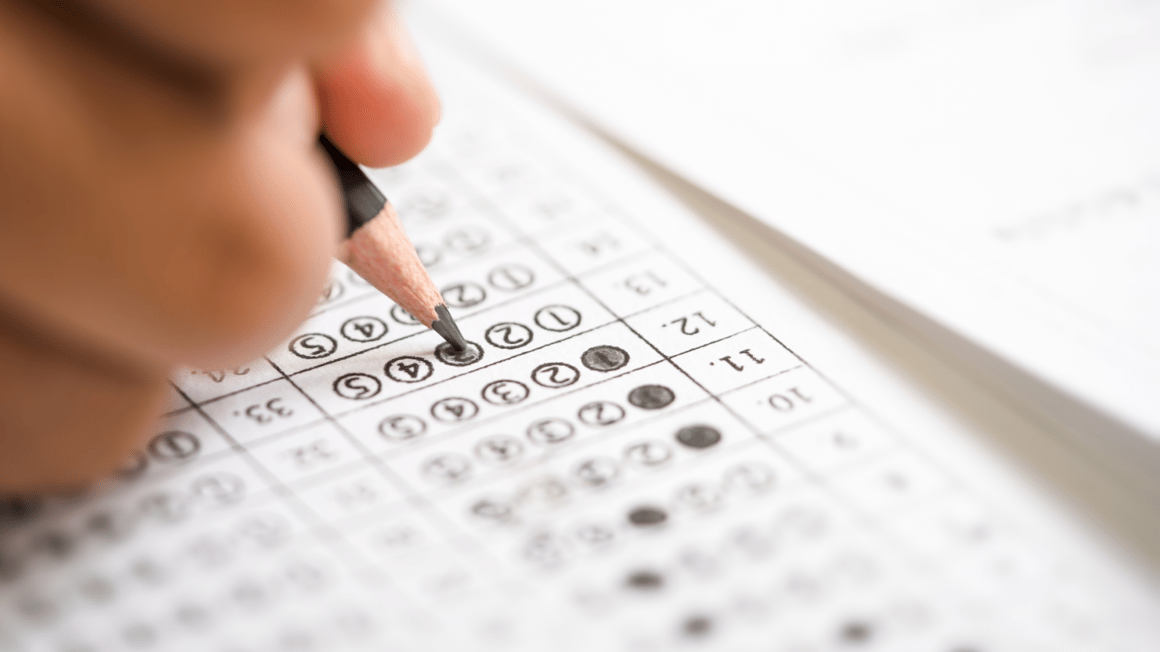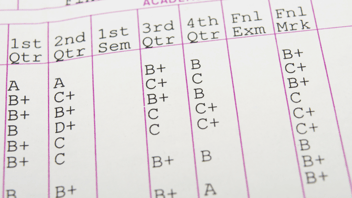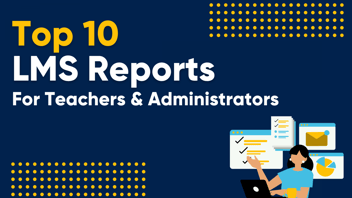

Published: August 01, 2022
Every teacher knows there's more to quality education than simply ensuring you cover the curriculum requirements. Sometimes it's obvious when students need additional support. Other times, you're convinced they've mastered a concept or skill, but their summative assessments catch you by surprise.
So how can educators know when they're truly getting through? By tracking student progress!
Monitoring student progress benefits both teachers and learners alike. Students can view their grades and performance, and teachers can assess their own approach for improvement opportunities. Tracking academic progress also provides insights into classroom-, student-, and assignment-level data. That way, you know how, where, and when to make adjustments that enhance instruction and improve learning outcomes.
For example, if the latest formative assessment demonstrates class-wide comprehension, you know that students are on-track for success and can move on to the next lesson. On the other hand, if you see a specific student or group of learners struggling, you can create targeted interventions to support them.
To help you maximize student growth, here's everything you need to know about tracking student progress.
What is Student Progress Tracking?
As a part of data-driven instruction, student progress tracking enables you to capture learning data and evaluate academic progress toward school goals for individuals, groups, and the entire class. Everything from a daily quiz to end-of-year summative assessments can be used to monitor student success, providing valuable insights into the efficacy of assignments, lesson plans, teaching methods, and even the curriculum as a whole.
According to the National Center on Student Progress Monitoring, over 200 empirical studies have shown the validity of Curriculum-Based Measurement (CBM) in assessing student achievement. CBM, now known as student progress tracking, was originally developed to monitor performance in special education students. Since then, it has become a reliable way to evaluate progress data in all classrooms.
However, not all student data is the same. While having enough information on your classrooms is essential, determining what types of data to track is just as important for effective monitoring. Otherwise, you risk overwhelming yourself with a mountain of information.
What Kinds of Data Should You Track in Your Classroom?
The kinds of data you'll collect will depend on a variety of factors, including your students' specific grade level, school year goals, and subject matter. That being said, there are a few common sources that you'll likely use, such as:
- Quiz, test, and exam scores.
- Assignment completion rates.
- Attendance records.
- Engagement metrics for online learning.
- Behavioral observations.
- Standardized test scores.
- Cumulative records of student history.
While this might seem like a lot to handle at first, a student progress tracker can help you manage your data and inform your instruction.
What to Look For in a Student Progress Tracker
To help you find the right student progress tracker for your classroom, here are three key capabilities you should look for:
- Enables School-Wide Initiatives
Your student progress tracker should empower students and staff to achieve school-wide initiatives. For instance, if your school has a goal to improve English Language Arts (ELA) proficiency, you can use a tracker to keep a close eye on relevant academic data. Through focused monitoring of ELA performance, you can gain insights into learning progress and instructional methodologies.
- Promotes Teacher Collaboration
Teacher collaboration is a powerful driver of student success, demonstrating measurable improvements in learning outcomes, according to Frontiers in Education. To improve academic progress, your tracking software should facilitate data-sharing and collaborative discussions with other educators.
- Empowers Tandem Tracking
Managing multiple datasets at once can be challenging, especially with growing teacher workloads. Your student progress tracker should enable simultaneous, real-time tracking for multiple assignments, students, and classes. You'll also want filtering capabilities to narrow your analysis to specific groups or individual students.
How to Track Student Progress
As data tools and analysis reshape the way we think about classroom instruction, innovative student progress trackers have empowered teachers to monitor performance and maximize learning outcomes. This method of tracking student progress to inform teaching is known as data-driven instruction – a five-step cycle that improves student success and enhances instructional efficacy. It starts by:
Setting Learning Goals
The first step is to set short- and long-term learning goals for your students based on past performance. Some students may keep pace with the curriculum requirements while others might require an Individualized Education Plan (IEP). Whatever the case may be, your goals should be specific, measurable, and achievable. Work with your fellow educators and administrators to outline a path toward student success.
Creating a Lesson
With your learning objectives in mind, it's time to create a lesson plan that covers the required material in an engaging way. The best way to start is by determining the needs of your students. When drafting your lesson plan, you should consider:
- What do your students already know?
- Where are their comprehension gaps?
- What is the best way for them to learn?
Administering Assessments
After you've developed your goal-oriented lesson plan, you need to gauge where your students are and how far they've progressed. Throughout the school year, you can use formative assessments to test their knowledge of core concepts without the high stakes of a formal exam. These smaller assignments also offer a granular view into student progress, enabling teachers to identify gaps and develop proactive interventions.
Tracking Student Progress Data
Once you've graded the assignments, you can use the data collected to measure and monitor student progress. Based on overall comprehension gaps, you can see where instruction was effective and where there are opportunities for improvement. You might also find class-wide student performance trends that can be fixed with simple modifications to the assessments.
Turning Insights into Action
The final step is using the insights gained from tracking and analyzing student progress to inform instruction. That means going back to your goals and lesson plan and making adjustments based on student performance. For instance, if a group of students is struggling in class, you can provide targeted, differentiated support to improve any skill deficiencies. Any changes you make to instruction or goals should also be tracked to gauge their efficacy.
Track Your Student Progress Data
Are you looking for a student progress tracker for your classroom needs? Search no more!
Schoolytics is an all-in-one classroom data platform used by teachers and school districts across the country. Unify all your student data in one environment with real-time dashboards, time-saving tools, and dedicated customer support to track progress and maximize student learning.
To start tracking student progress with Schoolytics, sign up today!


